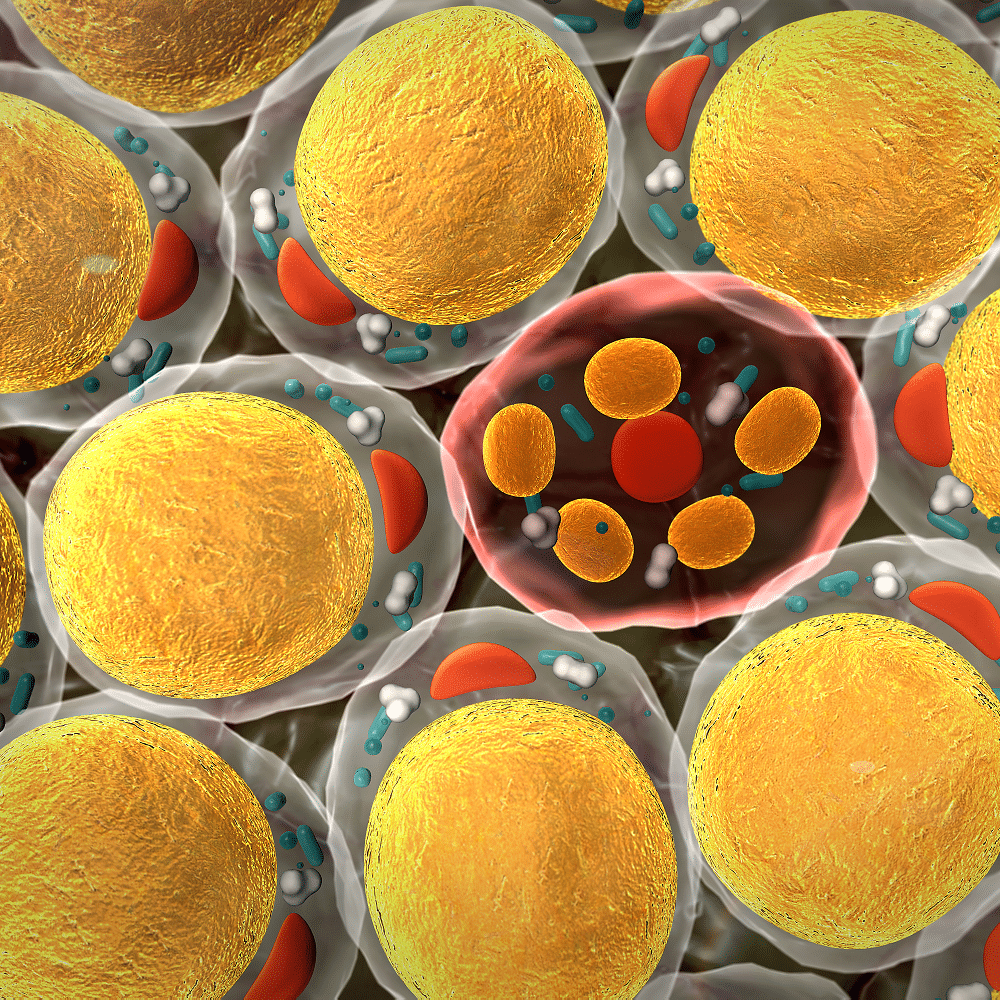Heart disease and fatty clogs in the arteries pretty much go together hand in hand. Research may explain why atherosclerosis is associated with gum disease and heart trouble. There is new evidence that suggests the fatty molecules may be coming from the bacteria in your own mouth, not from what you eat, according to scientists as reported in the Journal of Lipid Research August issue.
Strokes and heart attacks are crises we notice that result from a slow process of atherosclerosis, which is the clogging and hardening of the arteries with fatty substances (lipids). Immune cells cling to the walls of blood vessels that scavenge the lipids and multiply. The blood vessel walls get inflamed and thicken as the muscle cells lining them change by swelling and dividing creating plaques, warty growths, and clogs called atheromas.
It was assumed that these lipids came from eating fatty and cholesterol rich foods. UConn researchers testing on atheromas found lipids with a chemical signature that comes from a specific family of bacteria. The bacteria called Bacteroidetes makes distinctive fats. The differences between native lipids in the body and Bacteroidetes lipids just may be the reason that they cause the disease. The non-native Bacteroidetes can be broken down with an enzyme in the body that processes lipids into the material to make inflammation enhancing molecules, making them have a double hit to blood vessels: The immune system views them as a sign of bacterial infection, and then breaks them down with enzymes that super charges inflammation.
It is not the Bacteroidetes bacteria invading, generally they remain in the mouth and gastrointestinal tract. If the conditions are right they cause gum disease in the mouth without infecting the blood vessels, it’s the lipids they produce that pass through cell walls into the bloodstream.
If researchers can analyze slices of atheroma to determine where the bacterial lipids are accumulating. If they can show the accumulation is in the antheroma not in the artery wall, it would be evidence of what the unusual lipids are associated with that are contributing to heart disease, which researchers are in the next step of study to find out, as more research is needed. A grant was given from the National Institutes of Health to support this research.




